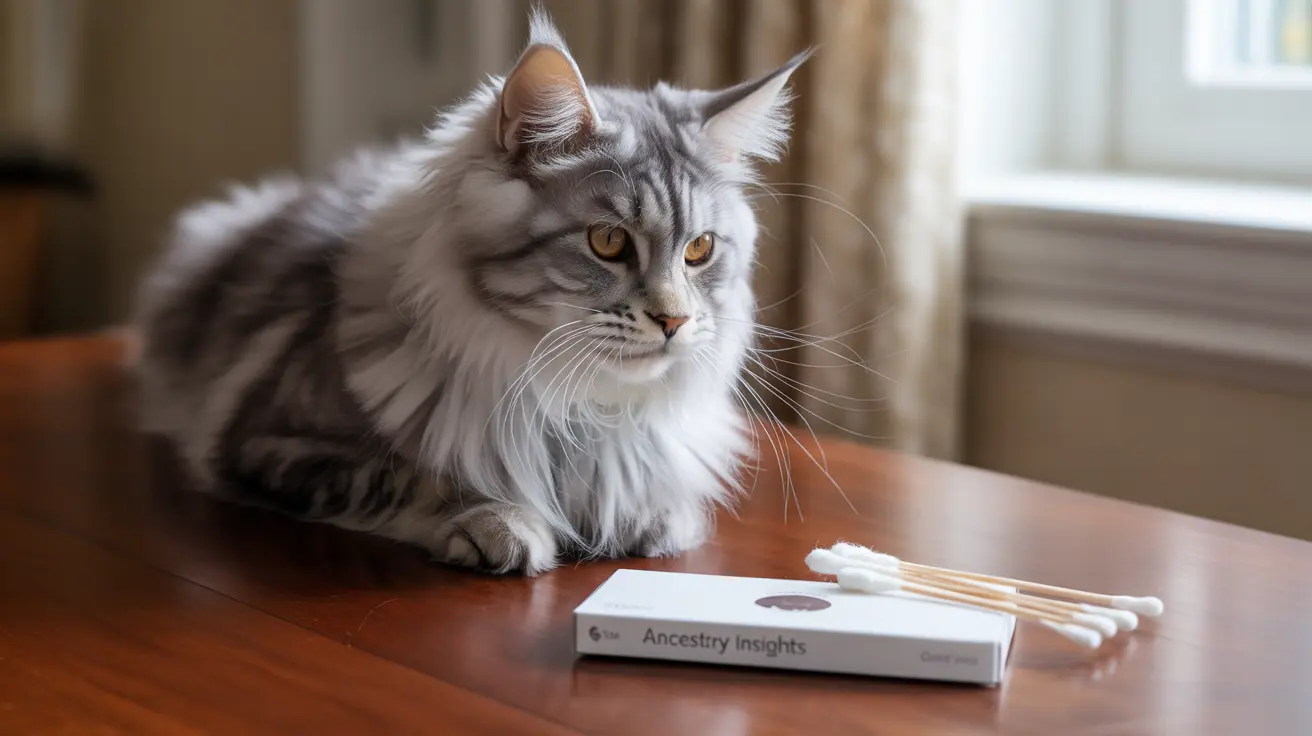Understanding Cat Breed Basics
Before diving into breed identification methods, it's important to know that only 2-5% of cats in the United States are purebred. The vast majority are what we call Domestic Shorthairs or Domestic Longhairs – mixed-breed cats with diverse genetic backgrounds. However, this doesn't mean we can't identify potential breed influences in your cat's appearance and personality.
Physical Characteristics That Reveal Breed Heritage
Coat Type and Color Patterns
Your cat's fur can provide significant clues about their breed background:
- Short coat: May indicate Siamese, American Shorthair, or Bombay influence
- Long coat: Could suggest Persian, Maine Coon, or Norwegian Forest Cat ancestry
- Special patterns: Point coloration (Siamese, Ragdoll), tabby patterns, or solid colors
Facial Features and Body Structure
Different breeds have distinct facial and body characteristics:
- Round faces: British Shorthair, Persian
- Angular faces: Siamese, Oriental breeds
- Large bodies: Maine Coon, Ragdoll
- Slender builds: Siamese, Abyssinian
Professional Methods for Breed Identification
Veterinary Consultation
A veterinarian can provide expert insight into your cat's breed characteristics based on physical examination and health markers. While they may not pinpoint an exact breed mix, they can identify dominant breed traits and potential health considerations.
DNA Testing
The most accurate way to determine your cat's breed composition is through genetic testing. These tests can:
- Reveal breed percentages
- Identify genetic health markers
- Provide insights into ancestral origins
- Cost between $70-150, depending on the service
Digital Tools for Breed Identification
Several modern tools can help identify your cat's breed:
- Cat breed identification apps
- AI-powered photo analysis tools
- Online breed databases
- Digital breed comparison tools
Behavioral Traits and Breed Connection
Your cat's personality can offer clues about their breed influence:
- Vocal and social: Possible Siamese ancestry
- Gentle giants: Maine Coon characteristics
- Laid-back personalities: Persian-like traits
- Water-loving: Potential Turkish Van influence
Frequently Asked Questions
How can I tell what breed my cat is based on physical traits like coat, ears, and body shape?
Look for distinctive features such as coat length and texture, ear shape and position, facial structure, and body size. Compare these characteristics to known breed standards, but remember that mixed-breed cats may show traits from multiple breeds.
What are the most reliable digital tools or apps to identify my cat's breed from photos?
Cat Scanner and similar AI-powered apps can provide initial breed suggestions based on photos. However, their accuracy varies, especially with mixed-breed cats. Use these tools as a starting point rather than a definitive answer.
When should I consider genetic testing to accurately find out my cat's breed?
Consider genetic testing if you need detailed information about your cat's ancestry for health reasons, or if you're particularly curious about their genetic makeup. It's especially useful for cats with unusual physical characteristics or suspected pure breeding.
Can behavioral traits help determine my cat's breed or breed mix?
Yes, certain breeds are known for specific personality traits. However, behavior alone isn't a reliable indicator of breed, as individual personality and environment play significant roles in shaping a cat's temperament.
How do vets or cat experts identify a cat's breed compared to DNA testing?
Veterinarians and experts use physical characteristics, behavior patterns, and their professional experience to identify potential breed influences. While less precise than DNA testing, their assessment can provide valuable insights into your cat's care needs and potential health considerations.
Conclusion
While identifying your cat's exact breed may be challenging, understanding their physical and behavioral traits can help you provide better care and appreciate their unique characteristics. Whether through professional consultation, DNA testing, or careful observation of physical traits, each method offers valuable insights into your feline friend's heritage.






